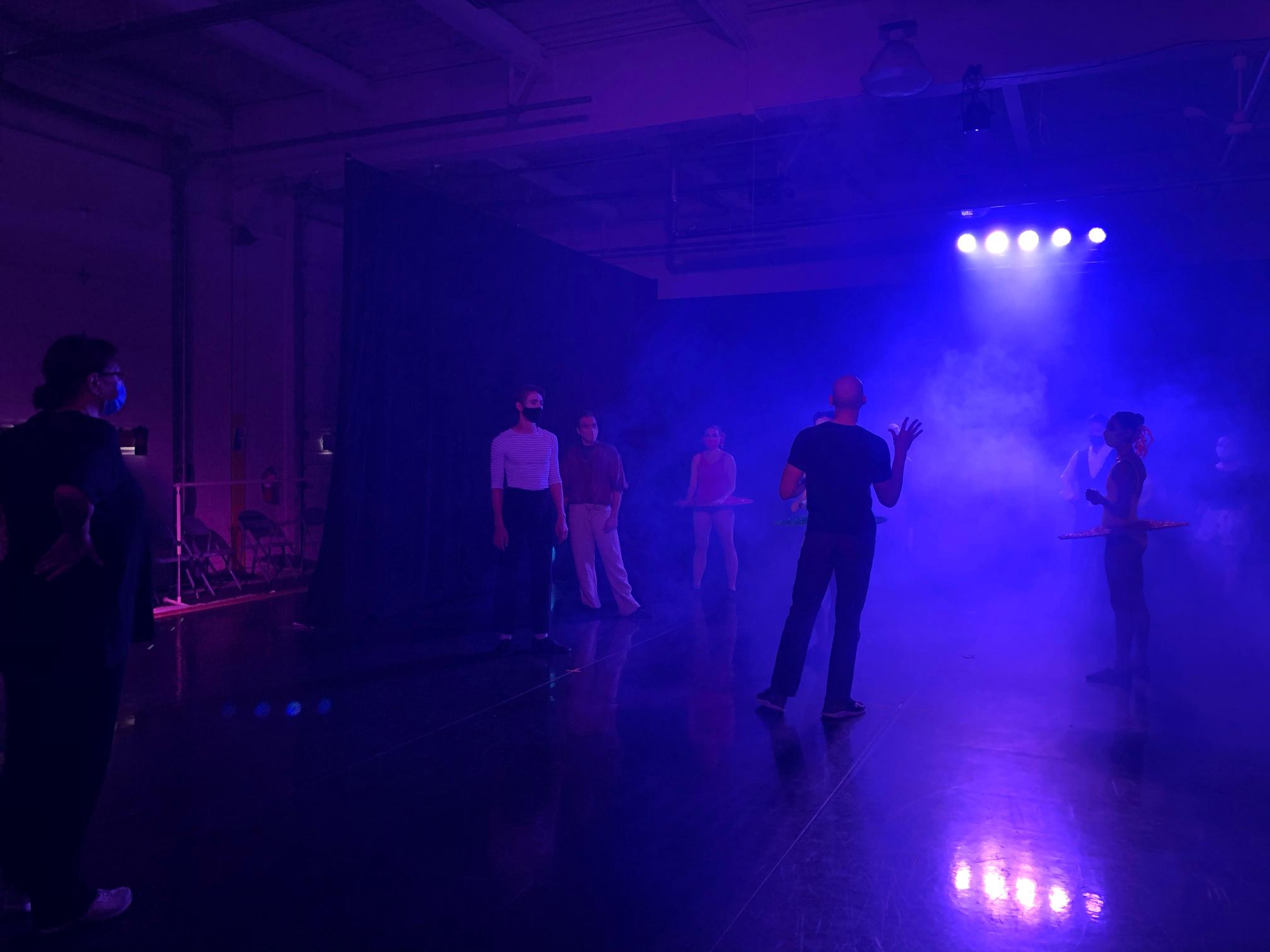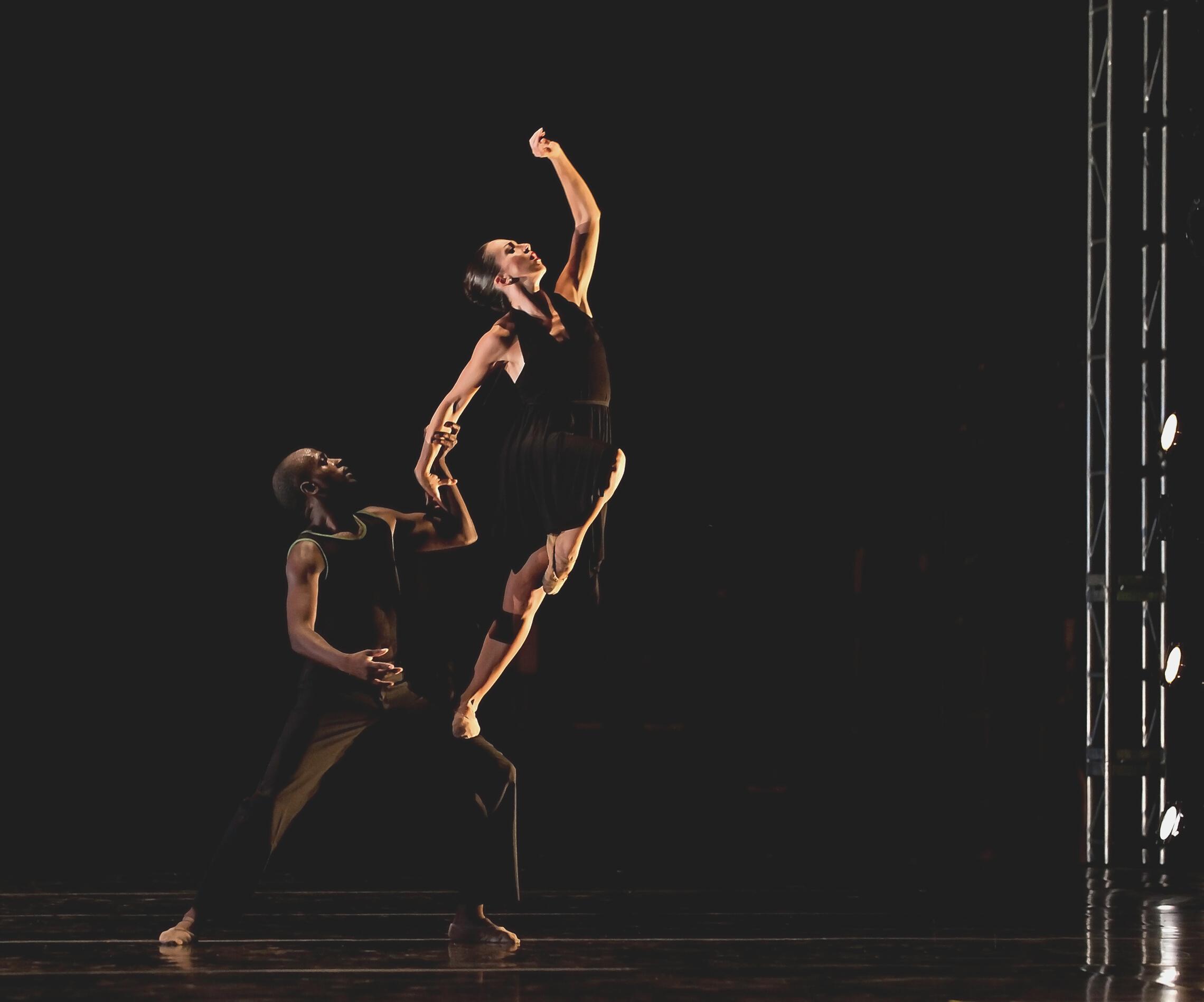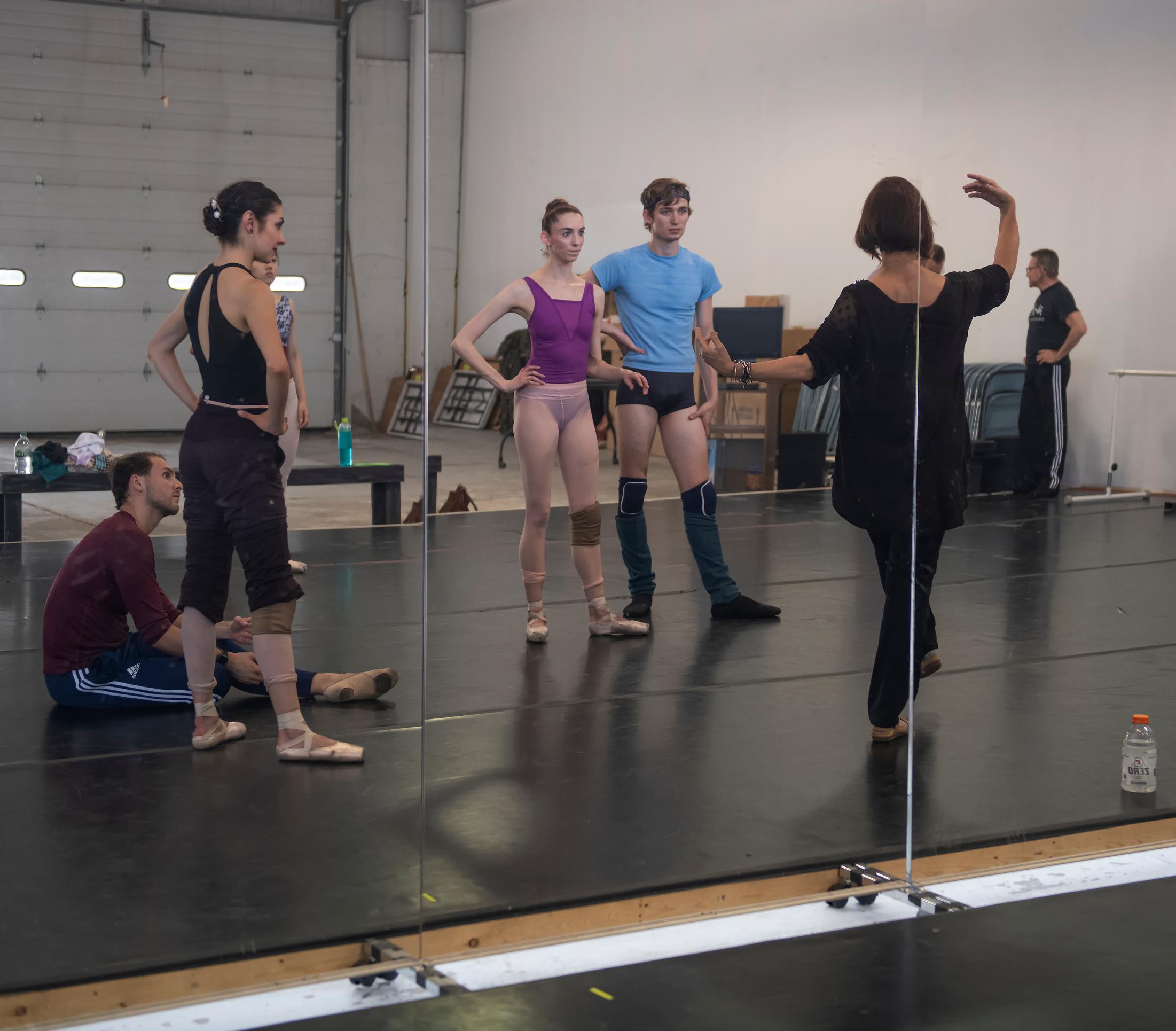
4 minute read
FINDING GRACE IN LETTING GO
Howard University professor and choreographer, Royce Zackery talks about how dance brought a sense of the strength and elegance
Phone Interview by Victor Lucas of Cleveland Concert Dance Reprint from March 23, 2017
Advertisement
CC: We’ve seen Verb rehearsing your dance, Grace. Is the choreography a music visualization? RZ: I can’t tell you how many times I listened to the music for Grace. I listened all day, day after day. But I had something else in mind when I selected the music and choreographed Grace. You see, when I was growing up there was a lot of unfortunate illness and death in my family and it was my mother who nursed my father back to health and took care of my grandparents until they both passed away. Then my sister passed away in her sleep, it was totally unexpected. My mother and father found her in the morning. But even in the midst of that terrible loss there was a sense of elegance and grace that my mother always had.
CC: And that was your inspiration for Grace? RZ: Yes, my mother’s elegance, the elegance of women. As I listened to the music for Grace I wanted to hear everything, all the layers, all the nuances.
CC: So, Grace is something ofa music visualization, but you also intend it to have an emotional component. RZ: Yes, exactly.
CC: On the Verb dancers Grace looks very balletic, but in your mind is Grace a modern dance or a ballet? RZ: I look at Grace as a very contemporary dance, and the dancers need a balance of ballet and modern training in order to execute the movement in a 3 dimensional manner.
CC: How did you get this job setting Grace on Verb? RZ: I run the dance division at Howard University and Howard has been affiliated with the International Association of Blacks in Dance since the beginning of time. Every year, no matter what city the IABD holds its conference and festival in, Howard sends volunteers to set up the classrooms and organize the students as they come in.In order to promote the value of ballet, I choreographed a work en pointe for the IABD conference in Cleveland last January. As you know, that’s when Verb performed at IABD and so that’s how I met Margaret Carlson (Producing Artistic Director of Verb) and got the opportunity to set Grace on Verb.
CC: We noticed your long time involvement with American Ballet Theater’s Project Plié. That rang a bell for us because when we talked with Virginia Johnson, Artistic Director ofDance Theatre ofHarlem, she cited Project Plie as an important training program for AfricanAmericans in ballet. Tell our readers about Project Plié. RZ: I do liaison and recruitment for Project Plié, which introduces minority students to the study of classical ballet. It gives them a place to go where they can learn respect for themselves and others even if they never become professional dancers.RZ cont.: Actually, I came up through a program much like Project Plié when I was growing up in Atlanta, Georgia, the Danseur Development Project, a project of Ballethnic Dance Company.
CC: We were going to ask how you got your start in ballet. RZ: Yes, they gave me my start. At the 20-year reunion of Ballethnic’s DDP, 3 or 4 of my classmates had gone on to careers in dance but all of them had distinguished themselves academically and professionally as doctors, lawyers, doing big things and giving back to the community.
CC: Please share your perspective on African Americans in ballet with our readers. RZ: I’m not usually one to speak after Virginia Johnson, but ballet is a difficult culture to fit into, period. And it derives from a European art form, which makes it all the more difficult for people of color to fit the mold. But athletic, skillful, talented, intellectually-inclined, and classically

trained African-American dancers have been around for a long time and will continue to be around for eternity. Virginia Johnson said it best. “A lot about Ballet is about erasing the individual and making you fit into a unified whole… but it’s not about erasing who you are.” I’m in complete agreement with her, being that it’s about making the body the most wonderful it can be within the esthetic of the art form from the tip top of your head all the way down through the tips of your toes. Ever since I was very young my mother and father said to me, “No Matter What, If You Want It, Go Get It!” So, like so many before me I was told time and time again that I couldn’t, so that’s why I did.










